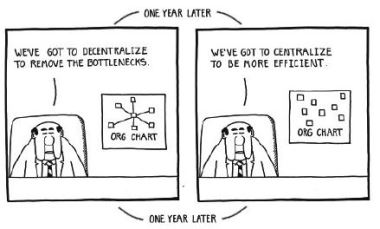Utkarsh Upadhyay explains some of the internals of reading and writing with Apache Cassandra:
Apache Cassandra is a type of No-SQL database. It handles large amounts of data across many commodity servers. Being a highly scalable and high-performance distributed database, it provides high availability with no single point of failure. Here in this blog, mainly I focused on Reads and writes in Cassandra. And For Cassandra architecture, you can refer to this blog Apache Casandra: Back to Basics. So let’s get started with this blog on Apache Cassandra: Reads and Writes.
Click through for a comparison between Cassandra and MySQL, followed by a high-level architectural explanation of read and write operations in Cassandra. Though one thing which raises my eyebrow is the statement that reads in Cassandra are O(1). I don’t know that not to be the case, but I’m inclined to say it doesn’t sound right.
1 Comment